March 2025
Welcome to Space Station Spotlight, a monthly newsletter from the ISS National Laboratory®. Here’s where you can find all the latest R&D happenings on the space station, see what our partners are up to, and learn how to elevate your research to new heights by leveraging the unique space environment.
What’s new at the ISS National Lab?

While on station, the crew will work on a variety of investigations sponsored by the ISS National Lab—from fundamental research to in-space production.
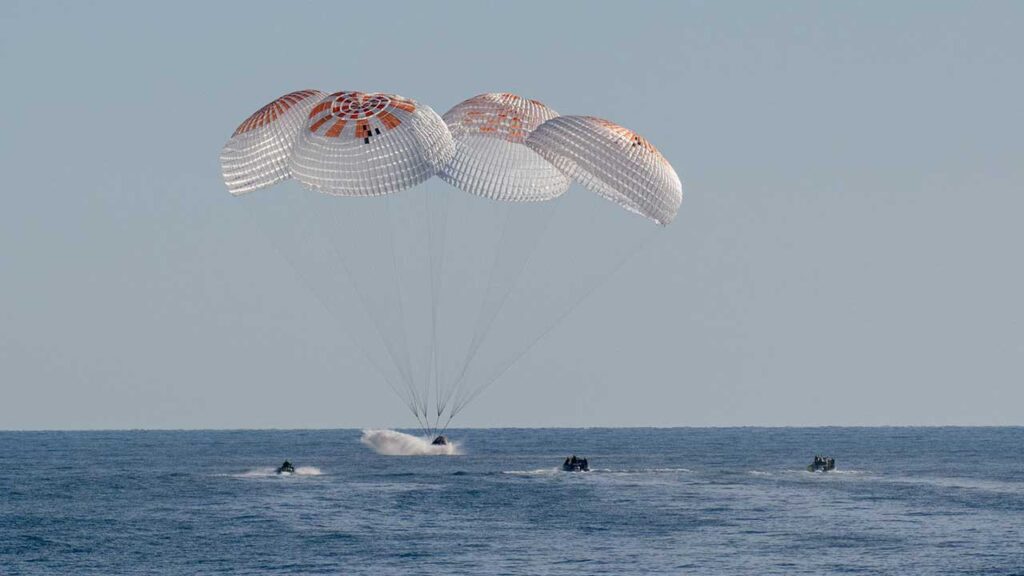
During their months-long expedition on the space station, the Crew-9 astronauts conducted many ISSInternational Space Station National Lab-sponsored projects, including protein crystallization studies to manufacture more effective therapeutics, research to test a new drug for neurodegenerative conditions, and experiments designed by students.
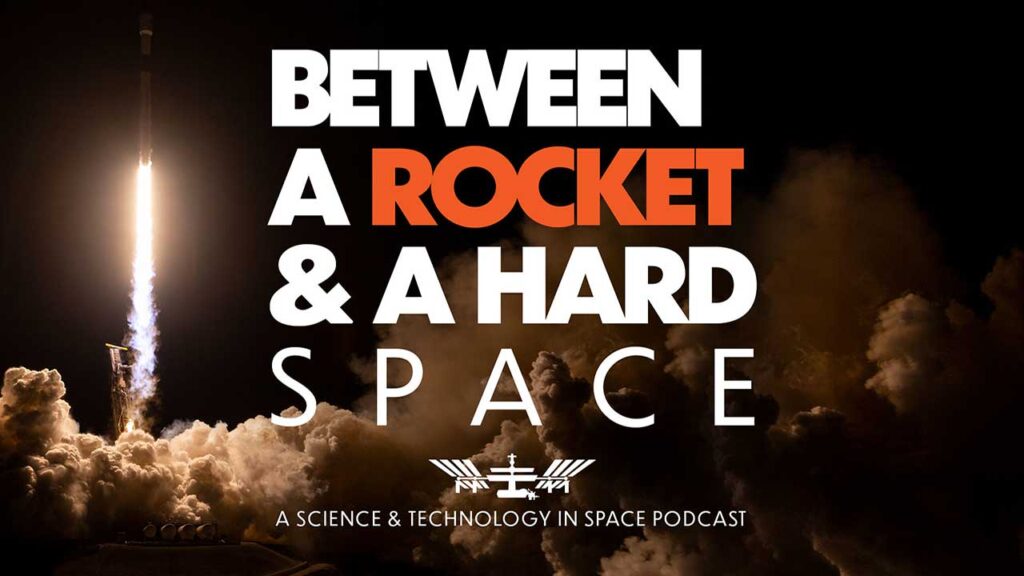
The series dives into the discoveries, innovations, and people shaping the future of space. In the inaugural episode, ISS National Lab Chief Scientific Officer Mike Roberts explores the groundbreaking research happening on the space station and its impact on medicine, technology, and industry.
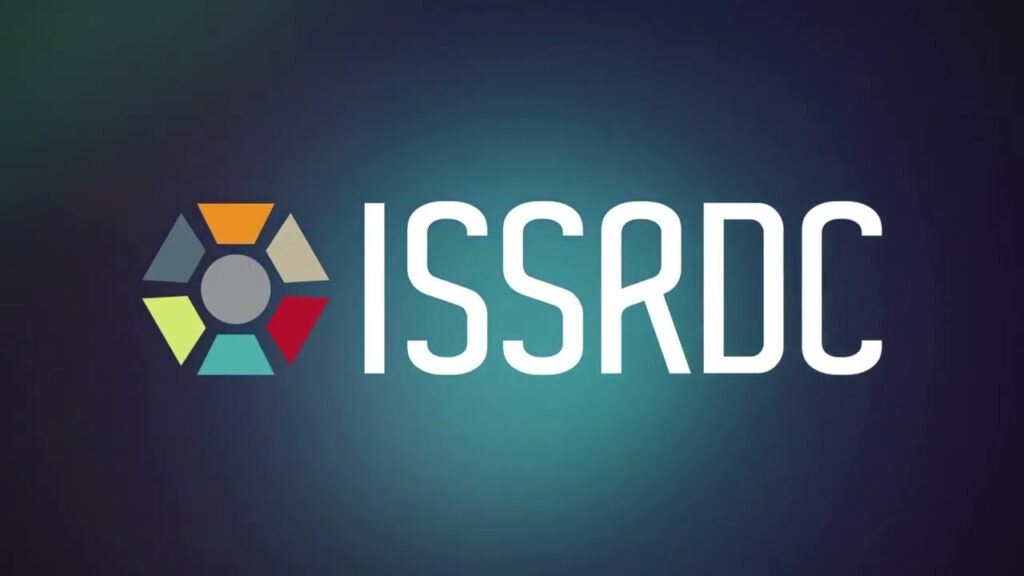
Presentations should focus on the use of the ISS and low Earth orbit(Abbreviation: LEO) The orbit around the Earth that extends up to an altitude of 2,000 km (1,200 miles) from Earth’s surface. The International Space Station’s orbit is in LEO, at an altitude of approximately 250 miles. to advance research and technology development. The abstract submission period will close on April 18, 2025, at 11:59 p.m. ET. Learn more and submit an abstract.
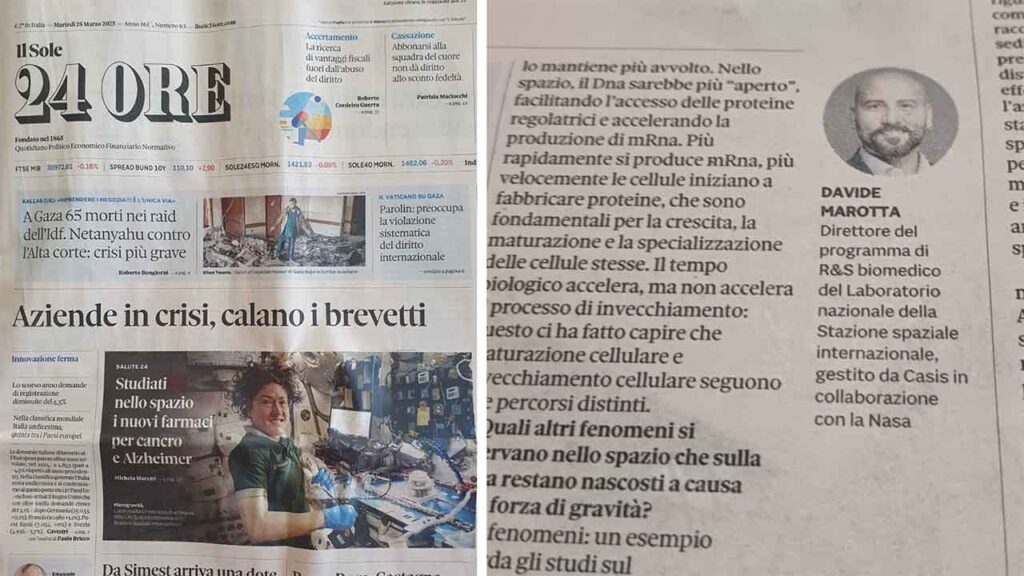
The feature includes an interview with Davide Marotta, program director for in-space biomanufacturing for the ISS National Lab.

See the tools used on early missions to the Moon and explore some of today’s high-tech space station gadgets. View the photo essay.
Partner News
The first commercial spacecraft successfully landed on the Moon’s surface. The Blue Ghost spacecraft, developed by Firefly Aerospace, carried 10 NASANational Aeronautics and Space Administration experiments to the lunar surface, where they were conducted over two weeks. This historic first marks a new phase of private space exploration.
Varda’s second reentry capsule landed safely in Southern Australia following six weeks in space. To protect the W-2 capsule and its payloads during reentry, Varda worked with NASA’s Ames Research Center to develop a thermal protection system. The successful landing opened the door for future Australian reentries.
SpaceX plans to invest $1.8 billion to expand its Starship Program in Florida. The company aims to build new Starship launchpads and processing facilities on Florida’s Space Coast and is considering sites at NASA’s Kennedy Space Center and the nearby Cape Canaveral Space Force Station.
The Starlab commercial space station is moving to the “full-scale” production phase. Developed by Voyager Space and Airbus, Starlab recently completed its preliminary design review and is expected to launch in 2028 onboard SpaceX’s Starship.
The Aerospace Industries Association (AIA) shared its 2025 report on space priorities. One recommendation in the report is to maintain a continuous U.S. presence in low Earth orbit by eliminating any gap between the retirement of the ISS and the beginning of operations on commercial LEO destinations (CLDs).
Results
The most recent issue of Upward, official magazine of the ISS National Lab, is online. Explore valuable findings from space-based R&D—download the current and past issues here.
Oculogenex used the ISS to advance a revolutionary gene therapy for macular degeneration. Results from the startup’s ISS National Lab-sponsored investigation showed that the therapy worked to not only stop but also potentially reverse damage from age-related macular degeneration, a leading cause of vision loss in older adults. Learn more about these exciting findings in the Upward feature “Seeing Clearly Now.”
Results from a bacteria study on the ISS were published in a high-impact journal. For the project, astronauts swabbed more than 800 locations in the space station to study the distribution of bacteria and bacterial products on the ISS. The findings, published in Cell, suggest that future space habitats could benefit from fostering diverse microbial communities resembling those naturally found on Earth.

LEO Market Update
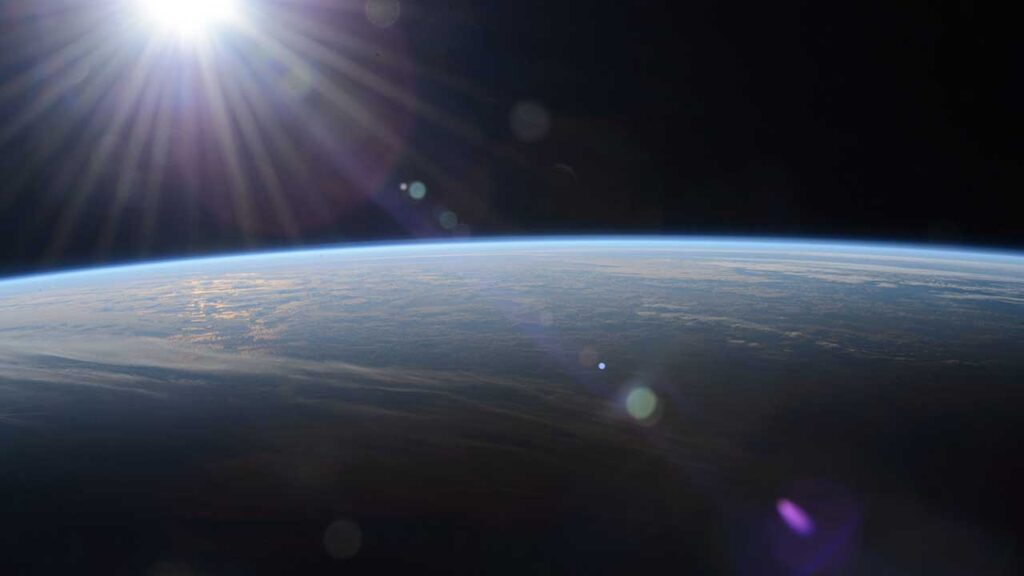
The initial post-election market optimism has been followed by volatility in the broader public financial markets.
ISS National Lab Chief Economist Sven Eenmaa discusses the current capital market environment and provides a space investment outlook in his latest investment perspective. Full details here.
Save The Date
The 2025 ISS Research and Development Conference (ISSRDC) will be held in Seattle July 28-31. Join us for the 14th annual ISSRDC, the only conference dedicated exclusively to showcasing how the ISS advances science and technology development.
Make a Stellar Impact With a Donation to the ISS National Lab
Want to make an impact and support science in space for the benefit of humanity? Click here to donate online, make a gift of crypto or stock, or contribute through your donor-advised fund.

